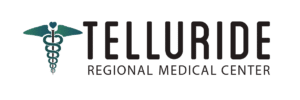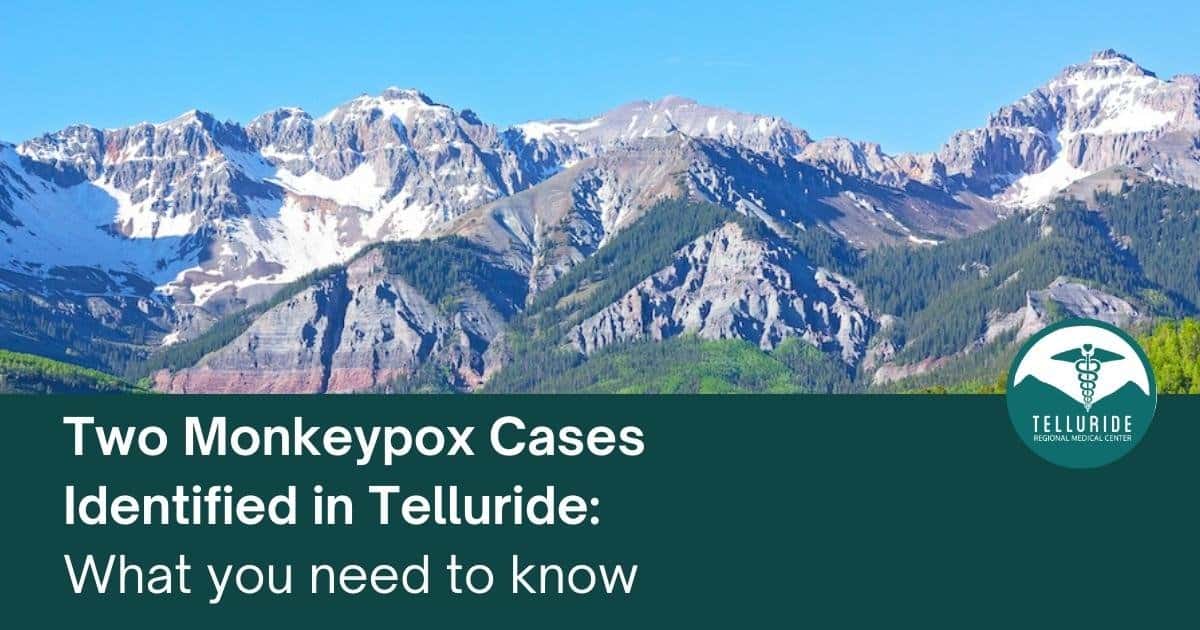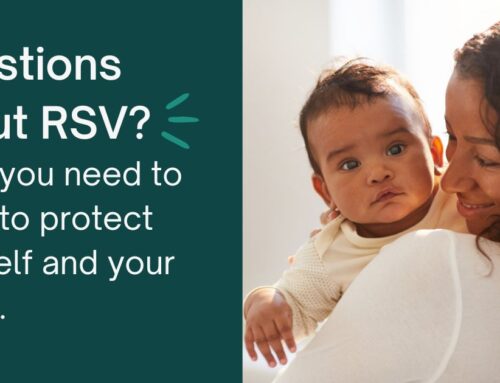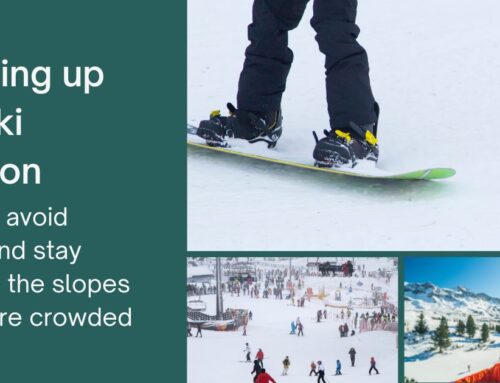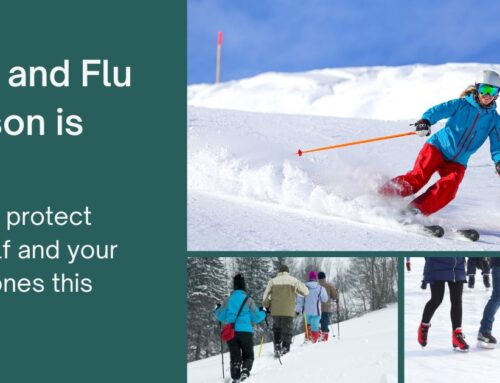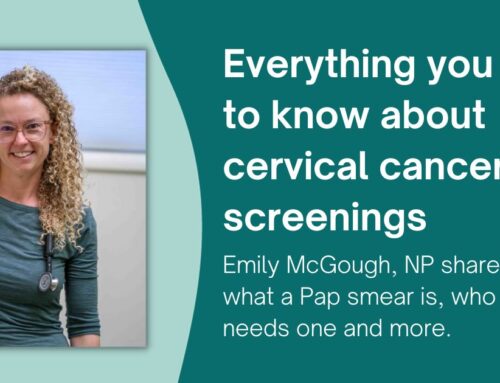Monkeypox: What is it and what do I need to know?
On July 15, we identified and confirmed two individuals who were positive for monkeypox. They were nonresidents from the same household who were visiting the area and contacted the medical center after experiencing symptoms of monkeypox, including lesions and flu-like symptoms. The individuals have since returned home, are recovering well, and have reached out to all known close contacts.
What is monkeypox?
Monkeypox is a rare disease. It is part of the same family of viruses as the virus that causes smallpox. Monkeypox symptoms are similar to smallpox symptoms, but milder, and monkeypox is rarely fatal. Monkeypox is not related to chickenpox.
What are the symptoms?
The type of monkeypox spreading in the United States is rarely deadly and has a fatality rate of less than 1%. In fact, in most cases, monkeypox will resolve on its own. Symptoms of monkeypox may include:
- Flu-like symptoms such as fever, headache, muscle aches, swollen lymph nodes and exhaustion.
- Typically, a rash or skin bumps develop within one to three days after the onset of fever, often beginning on the face then spreading to other parts of the body.
- The rash can look like pimples or blisters and may be painful or itchy.
- The rash will go through several stages, including scabs, before healing.
- The rash may also be inside the body, including the mouth, vagina, or anus.
How does it spread?
Monkeypox can spread from person-to-person when someone who has monkeypox has close contact, often skin-to-skin, with someone else. Close contact can mean physical contact with a sick person’s sores, bumps, or lesions, including during sex, or contact with respiratory secretions. Monkeypox can also spread through touching objects, fabrics and surfaces that have been used by someone who is sick.
Symptoms usually start within three weeks of exposure to the virus. Data suggests that people who have recently traveled to a country where monkeypox has been reported and men who have sex with other men are at heightened risk.
Should we be worried about another pandemic?
The Colorado Department of Public Health and Environment (CDPHE) identified the first case of monkeypox in Colorado in May. To-date, the CDPHE has reported 20 cases in Colorado, though case counts may change as the CDPHE identifies more cases.
“Given our recent COVID response and collaboration with Public Health, we continue preparations to respond to any communicable diseases that may arise,” said Dr. Sharon Grundy, Primary Care Medical Director at Telluride Regional Medical Center. “The patients were seen safely and quickly without presenting risk to others during their visit.”
What should I do if I suspect I have Monkeypox? What kind of treatment is available?
If you have symptoms of monkeypox, talk to your healthcare provider, even if you don’t think you have had contact with someone who has monkeypox. There are no treatments specifically for monkeypox virus infections. However, monkeypox and smallpox viruses are genetically similar, which means that antiviral drugs and vaccines developed to protect against smallpox may be used to prevent and treat monkeypox virus infections.
“Monkeypox, while highly transmissible, is both treatable and containable,” said San Miguel County Public Health Director Grace Franklin. “We encourage anybody experiencing symptoms to avoid contact with others, avoid gatherings, and avoid sex or being intimate with anyone until you have been checked out by a healthcare provider.”
If you suspect you have monkeypox, please contact the medical center at 970.728.3848
